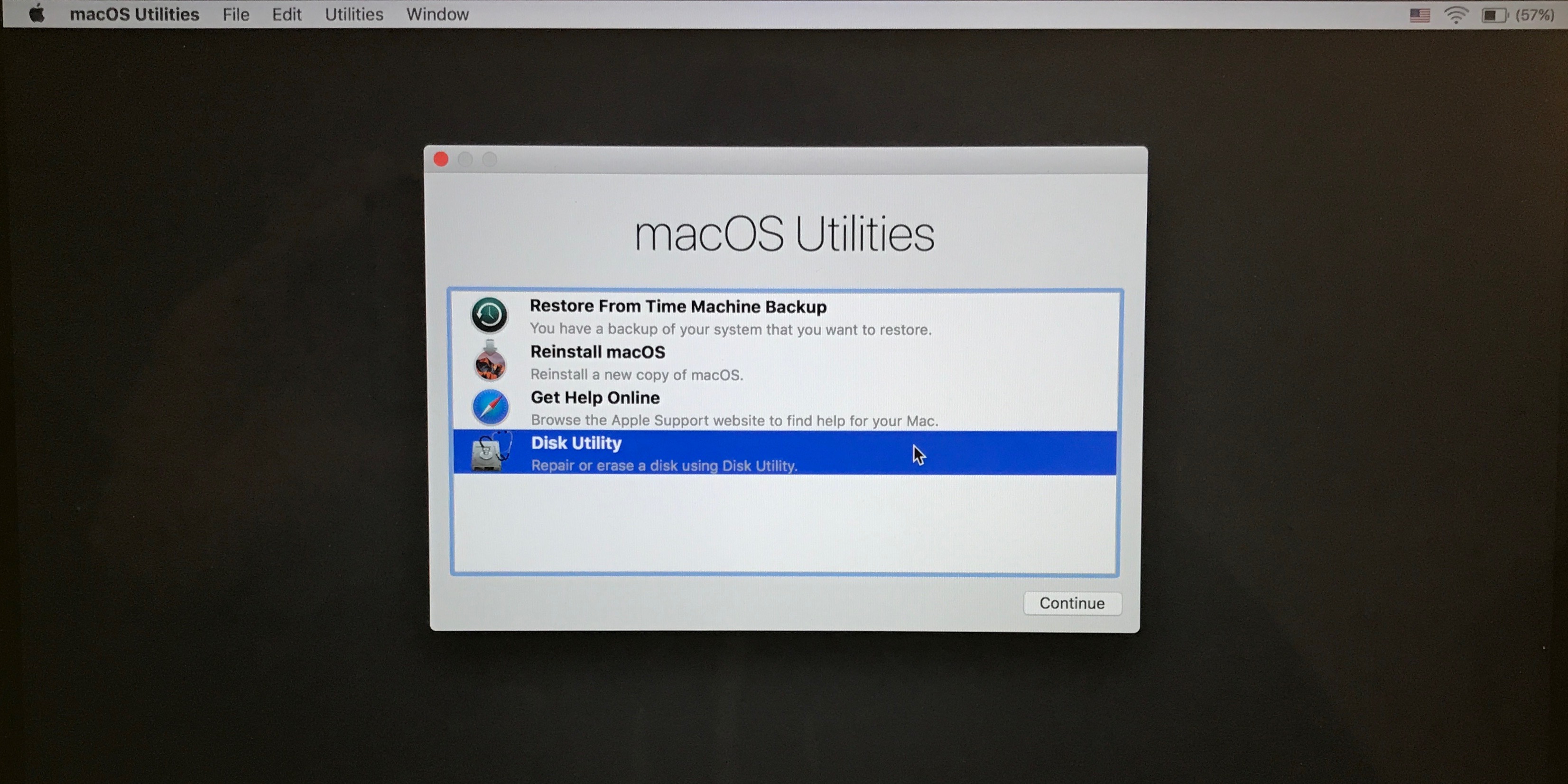

Click Erase in the top area of the utility window (if you don’t see or can’t select erase, click the volume name beneath the disk name ( Macintosh HD), then try again).Select your startup disk in the sidebar of Disk Utility (click the top item like Apple SSD, as in the image shown below, not the volume name, Macintosh HD).Click Disk Utility in the utilities window, then click Continue.When the process is complete, you’ll see the macOS Utilities window.Įrase your startup disk (hard drive/solid state drive) Loading time for macOS Recovery will vary depending on your internet connection. Images below show the process on a MacBook Air. ⌥⌘R (Option Command R) = Upgrade to the latest macOS that is compatible with your MacĪpple notes on its support page, “if you’re selling or giving away a Mac that is using OS X El Capitan or earlier, use Option-Command-R to make sure that the installation isn’t associated with your Apple ID.” This also installs the latest available software.įor this walkthrough, I’ve used ⌥⌘R, which will use macOS Recovery over the internet and reinstall the latest macOS version (this option requires a Wi-Fi connection).⌘R (Command R) = Reinstall the latest macOS that was installed on your Mac, without upgrading to a later version.
#Reset mac for selling install
MacOS Recovery will install a different version of macOS depending on the key combination you use when starting up your Mac (no installation discs or macOS loaded onto an external drive is needed). Hold down one of the following key combinations right after powering on your Mac, and let go when you see the globe or Apple logo. Shut down your Mac, then turn it on and immediately press and hold these four keys together: Option, Command, P, and R.
#Reset mac for selling how to
How to revive and restore M1 Macs, what the difference is, and when to use them.

Note: If you have an Apple Silicon M1 Mac, they can use a different process to factory reset/restore to the fullest degree.
#Reset mac for selling for free


 0 kommentar(er)
0 kommentar(er)
